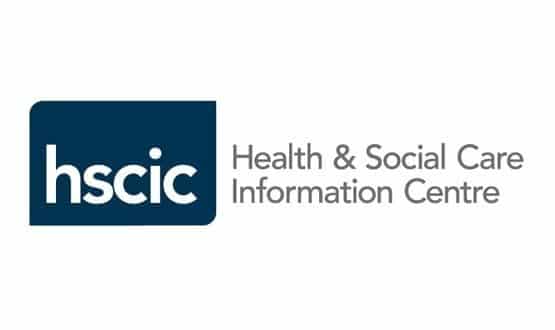SUS boosted by Operating Framework
- 20 December 2010

The NHS has been told that it should be using the Secondary Uses Service as the “standard repository” for health service data by April 2012.
This year’s Operating Framework for the NHS in England says that the SUS – which was created as part of the National Programme for IT in the NHS to make better use of the data it generated – will operate in its new form from October 2011.
It says that by the turn of the next financial year, it should be used for all “performance, monitoring, reconciliation and payments” and that moving to this position will be performance managed.
“Commissioners will be expected to use contract sanctions if they are not satisfied about the completeness and quality of a provider’s data,” the annual ‘to-do’ list for managers adds.
The framework is not clear on who will take charge of SUS in the future. The NHS Information Centre emerged as one of the big winners from the Arms Length Bodies review, with the promise that it would be put on a statutory footing and given responsibility for NHS data collection and use.
The NHS Commissioning Board was given the job of setting IT and data standards in the white paper. But this is not mentioned in the framework’s list of the functions it will be taking on as it is established in shadow form by the end of 2011-12.
The move on SUS is one of a number of data collection and usage issues tackled in this year’s operating framework, which leaves most IT and informatics topics to the publication of a new information strategy “early” in 2011.
In a section on the new outcomes framework being developed for the health service, the framework says NHS organisations should start to work out how to collect the required data now.
In a section on performance monitoring and assessment in the shorter term, it says there should be a move towards local analysis, publication and benchmarking of existing indicators.
It also says strategic health authorities and regulators will continue to keep an eye on some key measures of NHS performance, including the 18 week referral to treatment time – which is an NHS constitution commitment – and healthcare associated infections data.
“This approach requires focus from NHS organisations and the Department of Health in order to streamline data requirements. The Department has initiated a fundamental review of data returns, with the aim of culling returns of limited value,” it says.




